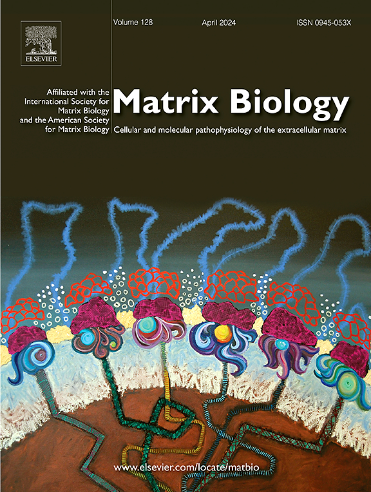A role for decorin in improving motor deficits after traumatic brain injury
Abstract
Traumatic brain injury (TBI) is the leading cause of death and disability due to injury worldwide. Extracellular matrix (ECM) remodeling is known to significantly contribute to TBI pathophysiology. Glycosaminoglycans, which are long-chain, variably sulfated polysaccharides abundant within the ECM, have previously been shown to be substantially altered after TBI. In this study, we sought to delineate the dynamics of glycosaminoglycan alterations after TBI and discover the precise biologic processes responsible for observed glycosaminoglycan changes after injury. We performed state-of-the art mass spectrometry on brain tissues isolated from mice after TBI or craniotomy-alone. We observed dynamic changes in glycosaminoglycans at Day 1 and 7 post-TBI, with heparan sulfate, chondroitin sulfate, and hyaluronan remaining significantly increased after a week vis-à-vis craniotomy-alone tissues. We did not observe appreciable changes in circulating glycosaminoglycans in mice after experimental TBI compared to craniotomy-alone nor in patients with TBI and severe polytrauma compared to control patients with mild injuries, suggesting increases in injury site glycosaminoglycans are driven by local synthesis. We subsequently performed an unbiased whole genome transcriptomics analysis on mouse brain tissues 7 days post-TBI and discovered a significant induction of hyaluronan synthase 2, glypican-3, and decorin. The functional role of decorin after injury was further examined through multimodal behavioral testing comparing wild-type and Dcn−/− mice. We discovered that genetic ablation of Dcn led to an overall negative effect of TBI on function, exacerbating motor impairments after TBI. Collectively, our results provide a spatiotemporal characterization of post-TBI glycosaminoglycan alterations in the brain ECM and support an important adaptive role for decorin upregulation after TBI.

 求助内容:
求助内容: 应助结果提醒方式:
应助结果提醒方式:


